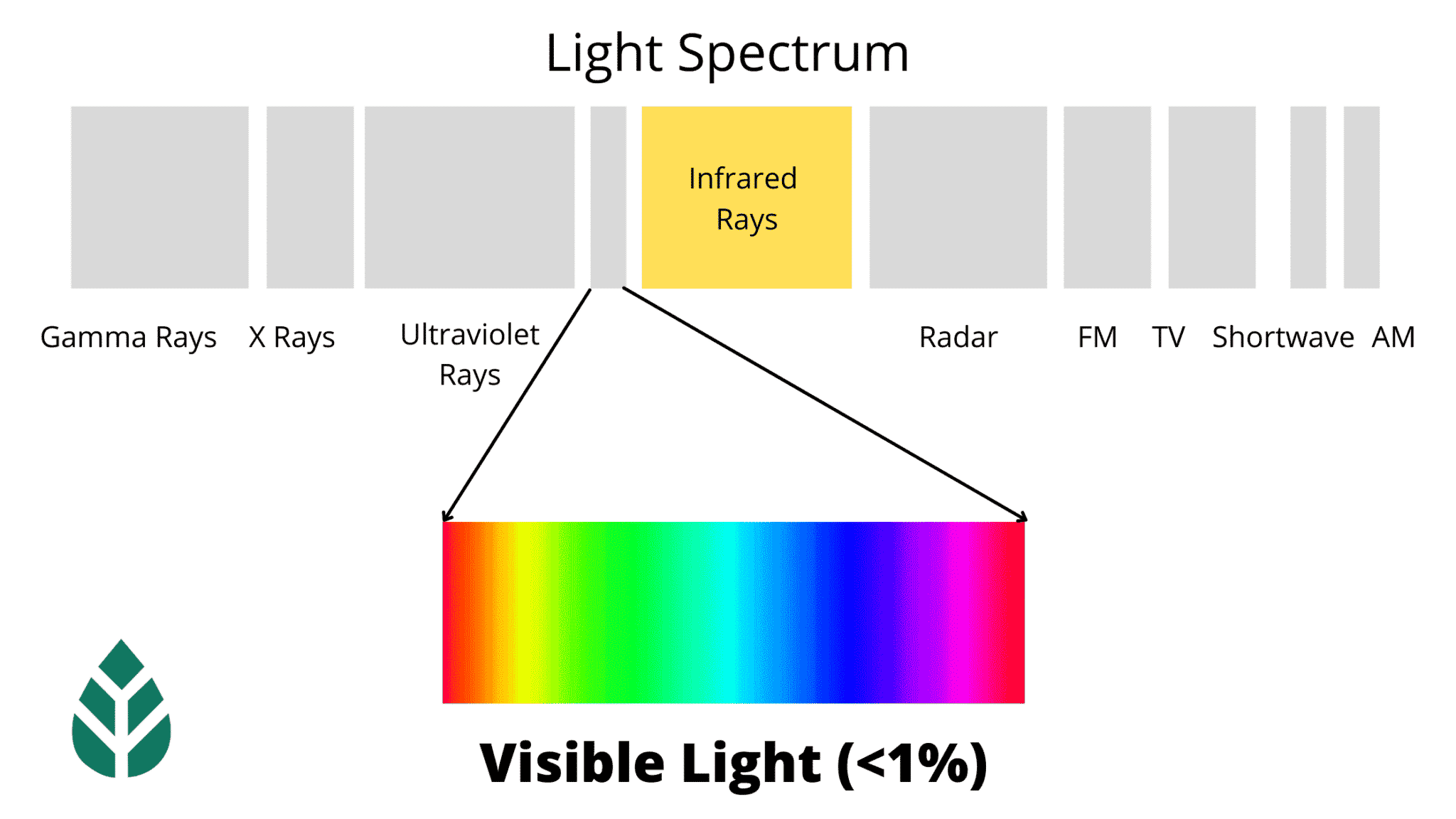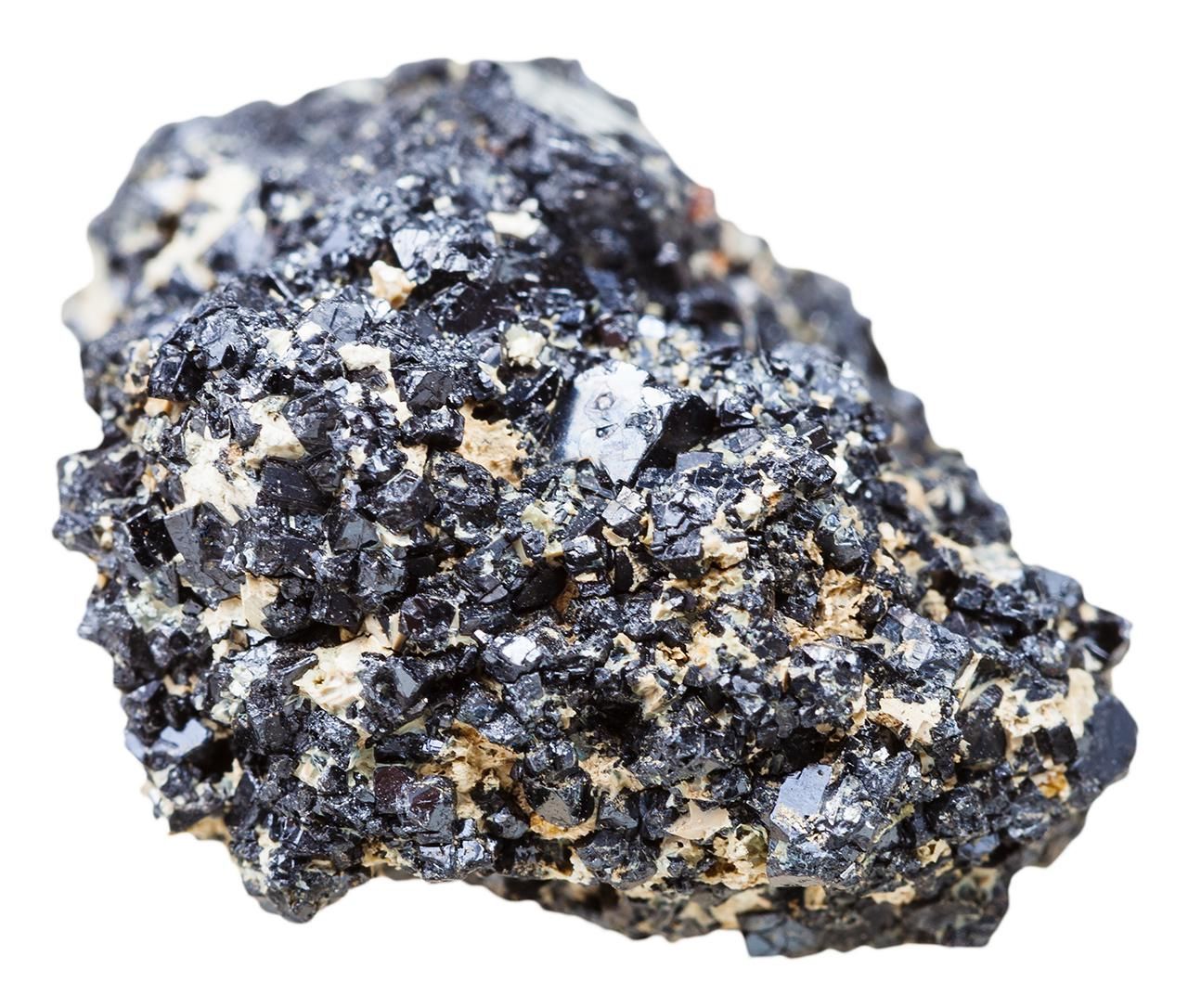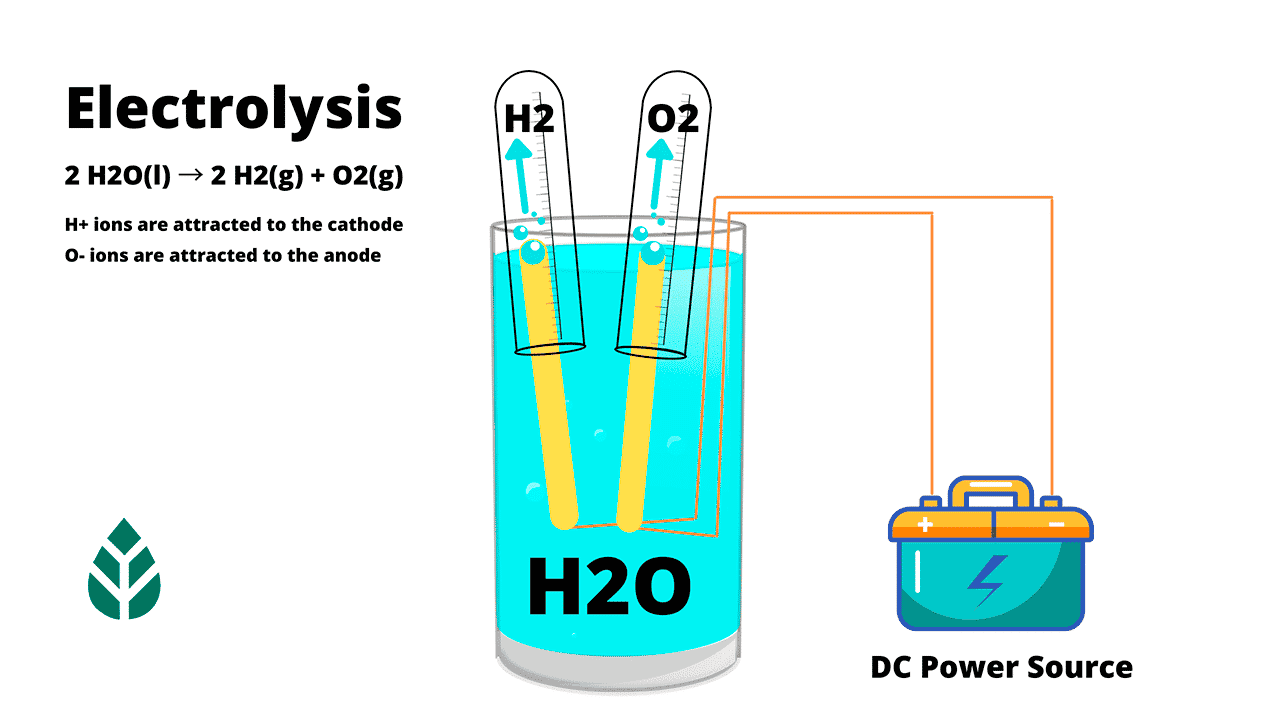
Solar Paint: Is It Possible?
Could solar paint overtake solar panels?

Anna Efetova / Getty Images
The solar boom has funneled billions of dollars into the solar energy sector, and top companies across the world are investing in what is now the cheapest source of energy in the world: solar panels. Though we’re huge fans of solar power here at EcoWatch, we won’t deny that even current carbon-neutral solar technology has room for improvement. Commercial solar installations can take up large plots of land, and though solar panels have a very long lifetime, they eventually need to be disposed of.
Solar panels and solar roof shingles have been a huge step forward in the fight against reducing fossil fuel emissions, but some challenges still remain. What if we run low on non-renewable resources like silicon and copper that are so important to photovoltaic cells? What about all of the homes with roofs that aren’t fit for solar panels? Or all of the other surfaces exposed to sunlight that are unfit for solar panels?
Scientists seeking to answer these questions have been developing ideas to further reduce the expense, size and impact of solar panels. One idea with particular promise and intrigue is solar paint.
What is Solar Paint?
Solar paint is still (very much) a theory in its infancy, but its promise and simplicity have attracted the attention of investors and innovators across the globe. There are a few different types of solar paints in development, and each has its own unique way of producing energy. Most solar paint prototypes contain liquids with photovoltaic properties, meaning they produce an electric current when exposed to light (hydrogen-producing solar paint works a little differently, though we’ll get into that).
So what are the different ways that solar paint could theoretically produce energy, and how effective are they in their current states? Let’s take a look.
Types of Solar Paint
With any type of technology this new and innovative, there are bound to be several unique methods in development. Here are the three that we found to have the most potential.
Quantum Dot Solar Cells (Photovoltaic Paint)
Efficient spray-coated colloidal quantum dot solar cells are perhaps the most well-known method for solar paint. Conventional solar panels typically only harness visible light (light we can see), but 99% of the electromagnetic spectrum contains radiation besides visible light. Quantum dot solar cells were initially developed at the University of Toronto to “better harness the infrared portion of the sun’s spectrum, which is responsible for half of the sun’s power that reaches the earth,” Susanna Thon, a researcher with the university, says in a news release.
Conventional solar panels typically only harness visible light, but quantum dot solar cells were developed to better harness infrared raysEcoWatch
To put it more simply, this solar cell technology could be used to increase solar panel efficiency well beyond the current metrics by capturing a wider spectrum of light. The technology itself uses a technique of incorporating spectrally tuned nanoparticles into solar cells to increase the spectrum of light captured. These semiconductive nanoparticles are capable of converting light into an electric current.
But what if you could use these nanoparticles in paint? In theory, these cells are so small that they could be blended into a liquid or applied to a thin surface, similar to spray paint or wallpaper.
As it stands today, this form of photovoltaic paint still creates a few more questions than answers. Mainly, how do you take the energy generated and direct its flow into a current? Much more development is necessary for this technology, but colloidal quantum dots have spurred promising new research and development in the technology.
Perovskite Solar Paint
Derived from the perovskite crystals first discovered by Russian mineralogist Lev Perovski, the mineral compounds in perovskite were later found to be semiconductors capable of transporting an electric charge when struck by light. Today, perovskite compounds can be found in ultrasound machines, memory chips, and – you guessed it – solar cells.
The mineral compounds in perovskite are semiconductors capable of transporting an electric charge when struck by light.VvoeVale / iStock / Getty Images
What’s so alluring about perovskite’s special crystalline structure is that it can take liquid form, has near the same efficiency as silicon-based solar cells and is actually a little less expensive to make.
Recent attempts at a perovskite-based solar paint resemble more of a thin film than they do a true spray paint. But even in this form, perovskite solar cells could be used as a near-transparent layer of film that could be incorporated into tinted windows to increase energy efficiency. White perovskite solar cells could be used on roofs or the sides of buildings to generate electricity. Perhaps even trains, planes or buses might someday have perovskite-based paint layers capable of getting their fuel from the sun.
We may still be a long way away from seeing perovskite solar paint available on the market, but research on solar paint has led to better a understanding of perovskite’s potential benefits in its thin-film form, similar to thin-film solar panels made from cadmium telluride.
Professor David Lidzey from the University of Sheffield explains in a news release: “I believe that new thin-film photovoltaic technologies are going to have an important role to play in driving the uptake of solar energy, and that perovskite-based cells are emerging as likely thin-film candidates.”
Hydrogen-Producing Solar Paint
The first two solar paint theories we covered both focus on liquid semiconductors, which convert sunlight into direct current (DC) energy in a way similar to modern solar panels. But another new and exciting breakthrough in solar paint actually creates hydrogen fuel. Hydrogen has been a hot topic in the energy sector for decades, as it is both the most abundant element in the universe and the cleanest source of energy available. But can it work with solar paint?
The Royal Melbourne Institute of Technology, looking to answer this question, developed a liquid that contains a compound to absorb moisture in the air. The product is also a semiconductor that, when powered by sunlight, splits water atoms into hydrogen and oxygen (this process is called electrolysis, and you may remember it from chemistry class).
Electrolysis is a process by which water is split into its hydrogen and oxygen atoms.EcoWatch
RMIT lead researcher Dr. Torben Daeneke says in a news release that his team found that “mixing the compound with titanium oxide particles leads to a sunlight-absorbing paint that produces hydrogen fuel from solar energy and moist air.”
Torben’s colleague, professor Kourosh Kalantar-Zadeh, further explains the importance of this breakthrough and its potential uses: “Hydrogen is the cleanest source of energy and can be used in fuel cells as well as conventional combustion engines as an alternative to fossil fuels.”
The paint pulls moisture from the atmosphere, even in hot and dry regions as long as they’re near an ocean. Interestingly, the paint currently has a cherry-red hue thanks to its chemical makeup. So if you’re interested in painting your house red, keep an eye on this technology.
Can You Buy Solar Paint?
Solar paint is a fascinating idea, and the impressive strides toward making it a reality have come far closer than many anticipated. Sadly, the efficiency of solar paint (in all its forms) still lags behind that of silicon-based solar panels. As a result, solar paint has yet to be taken to market. The work continues, however, as researchers work on lower-cost, flexible solution-processed semiconductors that could theoretically come in the form of solar paint.
Though solar paint is not yet available to consumers, we do see innovative ideas like thin-film solar starting to make their way into the mainstream. With further funding, research and creativity, alternative forms of clean energy may eventually be used throughout the world.
Is Solar Paint the Future of Energy?
While some other developing solar technologies have glaring issues impeding their production — like solar roadways, for example — solar paint may just need a little more research before it becomes a marketable product. But what are the chances this actually happens?
“Solar paint is still a developing technology,” Alan Duncan, CEO and founder of Solar Panels Network, tells EcoWatch. “However, we must keep in mind that solar panels were at a similar stage not long ago. The solar industry is a forward-thinking sector that is continually striving to enhance its technology. If I had to guess, I’d say solar paint has a decent chance of being a viable alternative in the solar field in the not-too-distant future.”
Now comes the fun part — imagining how solar paint might make its way into everyday life.
At this point at least, solar paint lacks the efficiency necessary to power a home by itself. The benefit of solar paint’s affordability, however, is that it opens the door to a lot more large-scale options than solar panels do. How would you use your solar paint? Here are some of our favorite ideas:
- Paint for large-scale buildings or warehouses: Painting roofs with white solar paint could not only generate electricity for a commercial property but could deflect sunlight better than a normal roof would. Though not quite as effective as planting vegetation atop buildings might be, deflecting this sunlight helps lower temperatures of heat islands in cities.
- Tinted windows for large buildings: Not every window in a new development has to be perfectly clear. In larger buildings or complexes, a certain amount of tinted windows could help overall energy efficiency while generating energy at the same time.
- Solar paint for wind and marine power: Solar panels have been considered to help commercial ships reduce their carbon emissions — but what about solar paint? Solar paint could also be used on the sides of ships to pick up light reflected off of the water.
- Adding to houses with existing solar: Houses with solar equipment already installed won’t have to deal too much with the hassle of inverters, permits and net metering agreements if they add solar paint. Though less efficient than solar panels, solar paint could supplement the energy generation of homes with small roofs unable to fit a lot of panels.
All in all, solar paint remains an idea, and it will be a while before any form of it becomes widely available. Solar panels remain the best option and the focal point of clean energy investment for the foreseeable future. But as so often happens with science, research may lead to surprising discoveries that uncover alternative uses for solar paint technology not previously thought of. We, for one, are excited to see what will play out.
Karsten Neumeister is a writer and renewable energy specialist with a background in writing and the humanities. Before joining EcoWatch, Karsten worked in the energy sector of New Orleans, focusing on renewable energy policy and technology. A lover of music and the outdoors, Karsten might be found rock climbing, canoeing or writing songs when away from the workplace.

 233k
233k  41k
41k  Subscribe
Subscribe 


